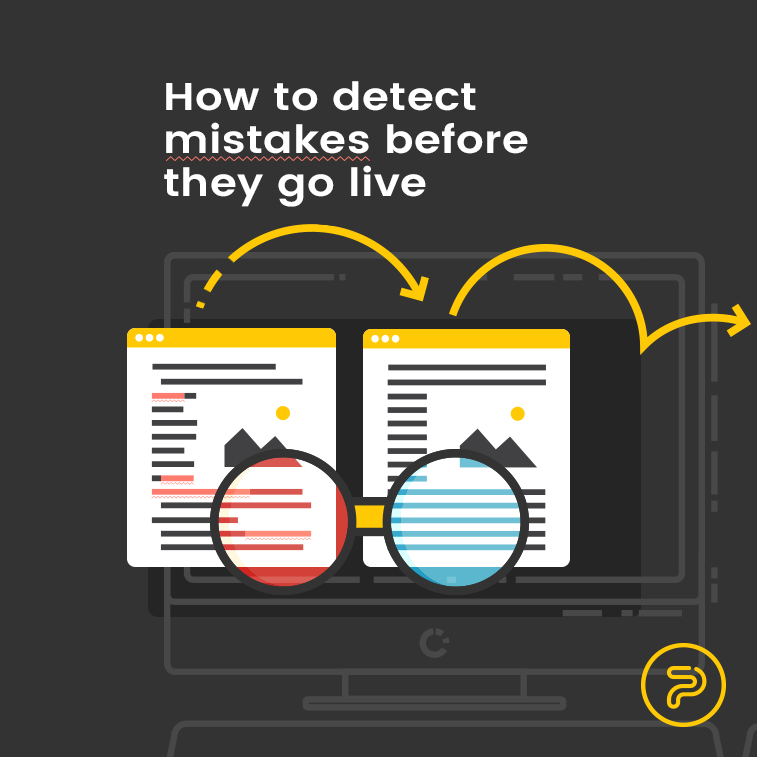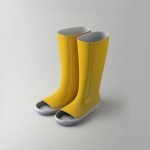Nobody is perfect. Mistakes happen all the time, you just need to spot them. If you are building a website, writing copy for it, or simply creating a graphic – mistakes are going to happen whether you like them or not.
However, what happens when they are published or printed out? In some industries, such as web design, you can easily change the mistake when you detect it, but in print design, when the material is actually in hard copy, it can cost you a lot of money to correct the gaffe. But what happens to your reputation?
That is where a process checklist comes in.
Copywriting Mistakes vs. Errors
Even though mistakes are synonymous to errors, there is a slight difference between the two.
Copywriting Mistakes are wrongdoings which usually happen accidentally and can be self-corrected. This word is rather informal and used in daily speech.
E.g. Typos are usually considered as mistakes if one does not proofread one’s own text.
Errors, on the other hand, are wrongdoings which result from ignorance. This means that wrongdoer is usually not even aware of his erroneous doings, which often happen multiple times.
E.g. It is an error if someone spells the word ‘wierd’ instead of ‘weird’ multiple times in a text.
Alright, so now that we know what errors and mistakes are, we can figure out how to deal with them.
How To Spot a Copywriting Mistakes?
There is practically no foolproof advice on how to avoid making typos and mistakes. You can spot them only when they have already been made. Here are some techniques which may help.
1. Put your goggles on.
The first line of defense is you, the creator.
No matter if you are a writer or a designer, if you are the only one working on your web page or graphics, help yourself and try to discover as many as you can. For starters, use a spell checker (but mind you that not all are perfect) or an online grammar checker.
Some writers and designers establish a methodology: after they have finished with the project, they go through their checklist and proofread the text before it goes live. Others go back and forth while creating, so they spot as many mistakes they meet with. There is probably no perfect formula because oversights will happen even if you cannot locate them right away.
But for now, it is best if you checked the work yourself and did your part.
2. Ask for help.
The second line of defense against mistakes is to find someone who is not working on the same project as you, like a colleague, boss, or even your friend who has got nothing to do with it. The point is to find someone who is not biased and does not know the message you are trying to convey, so they can focus on the form rather than meaning.
Objectivity is key and the more eyeballs go through the page, text or graphic, the better the outcome.
3. Hire a proofreader.
If you have a lengthy piece of content and a large budget, you can hire a professional proofreader to observe the copy and detect all the mistakes you have made.
Sure, this may sound like a pricey option, but if you have enough time and if you put your trust into a professional, you can avoid embarrassment and even bad reputation.
After all, you can only benefit from post-editing and improve the quality of your copy.
4. Sleep on it.
Deadlines and procrastination – these happen even to the best of us. When time is short and you just do not have the will to make something good – mistakes happen regularly.
Nevertheless, even if you suddenly have an outburst of inspiration, always, ALWAYS, leave enough time before you submit your work to check it twice. If you have enough time – take a few days and give it a rest, and then come back to see what you have done.
Even a good night sleep will be of great help so you can give your brain enough time to forget what really reads – and not what is supposed to read.
Mistekes Are Inevitable.
After all, remember what we have said before: mistakes happen. We are human, and it is natural that we make mistakes. Even if your website is launched or your business card printed with a huge typo, do not worry about it even if it happens. You learn from your mistakes, so you will know what to focus on the next time.





